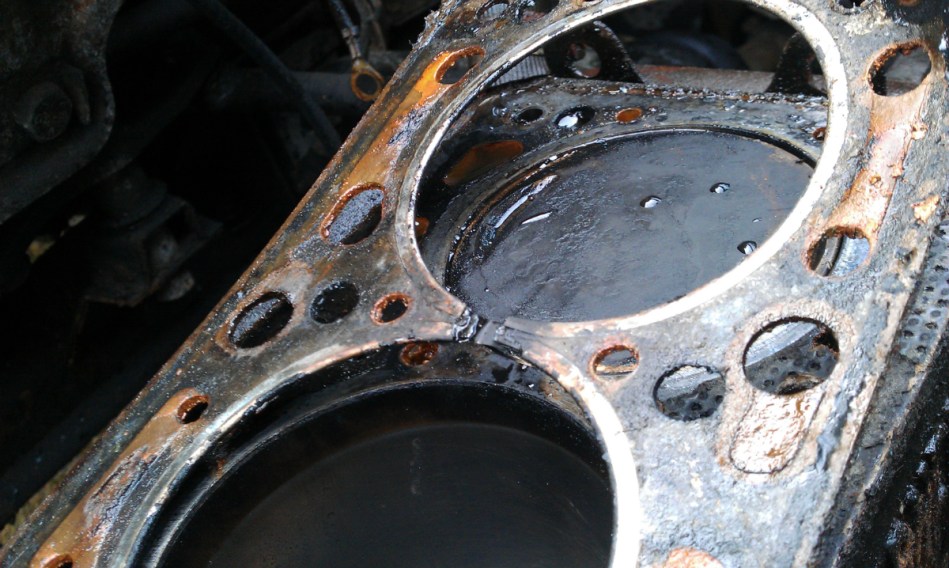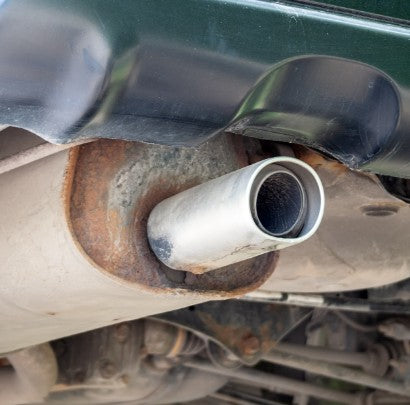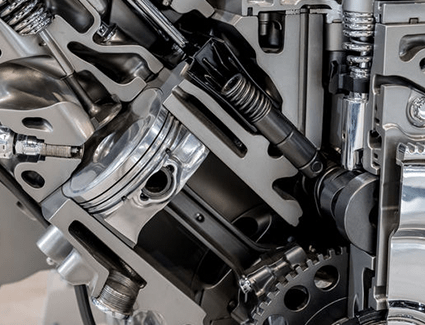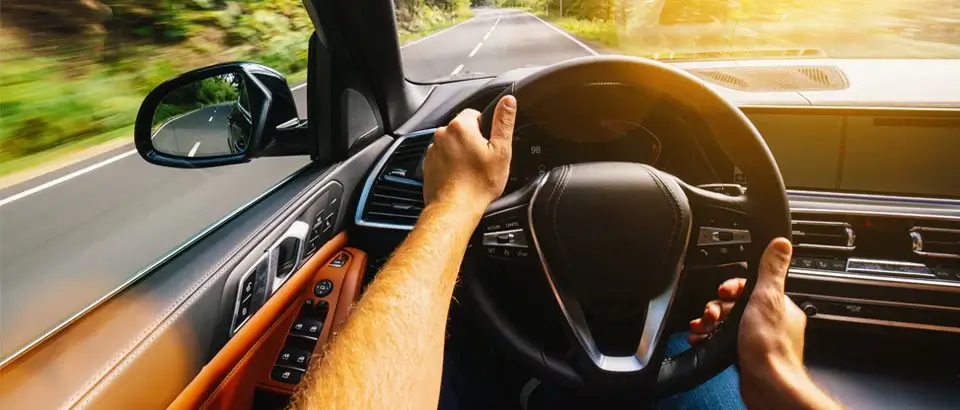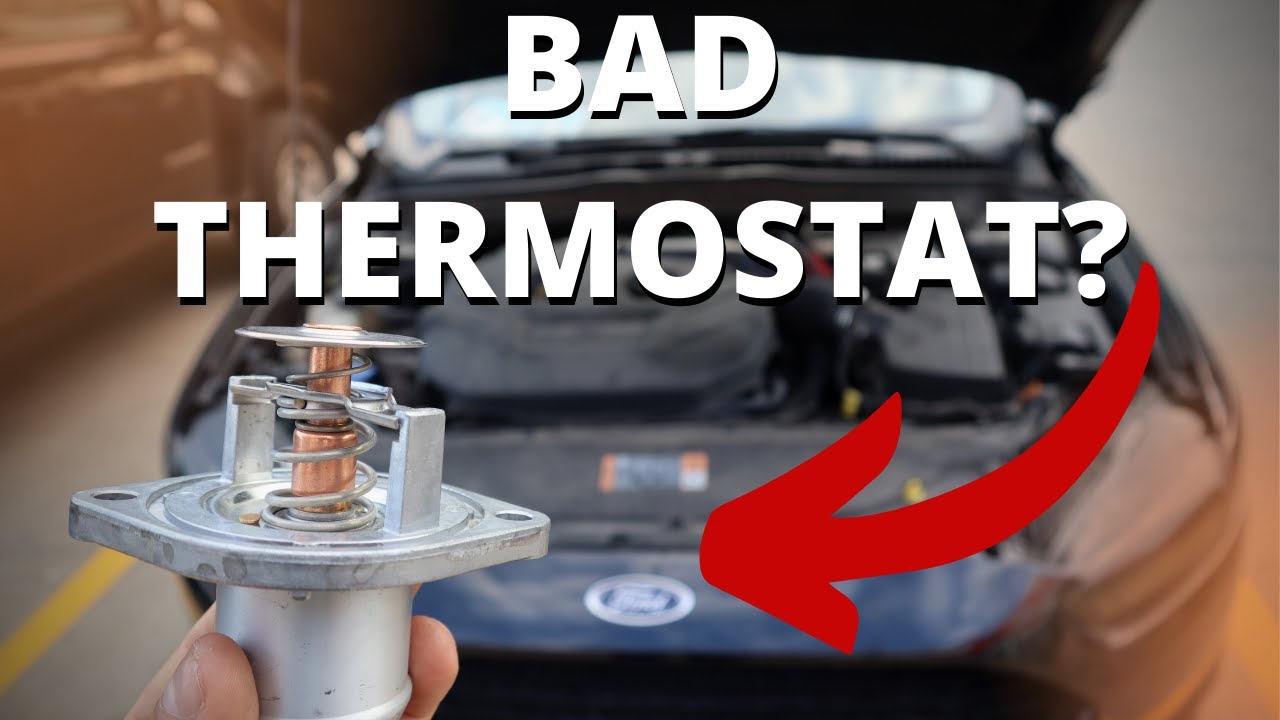Is It Bad to Add Coolant Without Draining the Old
Adding coolant without draining the old is usually not harmful, but it can lead to contamination if the old coolant is degraded. Mixing old and new coolant may dilute the effectiveness of the corrosion inhibitors.
Your car relies on coolant to maintain engine temperature and prevent overheating. It’s essential to maintain the correct balance and purity of coolant to ensure your vehicle operates safely and efficiently. Neglecting the coolant can lead to engine damage, so it’s important to check it regularly and replace it according to the manufacturer’s recommendations.
Whether you’re topping up your coolant levels or performing a full flush, using the right type and mixture of coolant is crucial to protect your engine and maintain optimal performance.

Credit: www.reddit.com
Coolant Basics
Keeping a vehicle running smoothly involves regular maintenance. One key element is the cooling system. It prevents engines from overheating. Ignoring it can lead to costly repairs.
The Role Of Coolant In Your Vehicle
Coolant, or antifreeze, is a heat-transfer fluid. It moves through the engine’s radiator and engine block. This process maintains an optimal engine temperature. Without coolant, engines overheat and suffer damage.
- Transfers heat away from engine components
- Prevents water from freezing in cold weather
- Protects against corrosion and scale buildup
Types Of Coolant And Their Lifespans
Various types of coolant exist. Each type suits different vehicle needs. Know which works for your car.
| Type | Description | Lifespan |
|---|---|---|
| Inorganic Additive Technology (IAT) | Green in color, used in older models | Two years or 30,000 miles |
| Organic Acid Technology (OAT) | Various colors, common in newer vehicles | Five years or 150,000 miles |
| Hybrid Organic Acid Technology (HOAT) | Pink or orange, a mix of IAT and OAT | Five years or 150,000 miles |
Mixing coolants can reduce effectiveness and cause damage. Check the vehicle manual for the right type. Top off the system with the same coolant when needed.
Potential Hazards Of Mixing Coolants
When it’s time to top off or replace your vehicle’s coolant, you may wonder if mixing different coolants is a problem. It might seem like a quick fix, but this practice can actually be quite dangerous. Below are some of the risks associated with combining different coolants, which might not only affect your car’s performance but could also lead to costly repairs.
Chemical Reactions Between Different Coolants
Mixing coolants can cause chemical reactions that are harmful to your car. Each coolant has a unique formula. When these formulas mix, they can react in unpredictable ways.
- Corrosion can start when coolants clash chemically.
- Engine parts may degrade faster, as the mixture becomes corrosive.
- The wrong mixture might not protect against extreme temperatures.
- Gel-like substances can form, potentially blocking the cooling system.
These reactions threaten the vehicle’s engine by interfering with the proper functioning of the cooling system. Always check your vehicle’s manual for the correct coolant type.
Risks To Engine Components
Using the wrong blend of coolant doesn’t just pose a chemical risk; it can physically harm your engine.
| Component | Risk |
|---|---|
| Water Pump | Seal degradation leading to leaks |
| Radiator | Blockage and reduced efficiency |
| Head Gasket | Increased potential for blown gaskets |
| Heater Core | Heat distribution failure |
Aligning with the manufacturer’s specifications ensures prolonging the life of these engine parts. Consistent coolant type upholds engine stability and function.
All vehicles require a specific type of coolant for a reason. It’s essential to adhere to these specifications. If you’re unsure, consult your mechanic before adding any coolant to your car.
When To Drain Old Coolant
Keeping an eye on your vehicle’s coolant is crucial for a smooth ride. Sometimes topping up the coolant is enough, but there are moments when draining the old coolant becomes necessary. Old coolant can become acidic, which then corrodes and damages the engine’s internal components. Let’s dive into the signs that indicate it’s time to drain the old coolant.
Signs Of Coolant Degradation
Observing your coolant’s condition tells a lot about whether it’s time for a change. Look for:
- Color change – Fresh coolant typically has a vibrant green, red, orange, or blue color. A rusty or murky color suggests contamination.
- Sediment presence – Solid particles floating or settled in the coolant could point to internal engine issues.
- Unpleasant smell – A sweet syrupy smell that turns sour indicates the coolant is breaking down.
- Overheating – If your vehicle overheats despite having enough coolant, this may suggest the coolant is no longer effective.
Identifying these signs early can save you from costly repairs.
Importance Of Regular Maintenance
Regular maintenance is key to the health of your vehicle. Adhering to a maintenance schedule ensures:
| Benefit | Explanation |
|---|---|
| Engine Efficiency | Clean coolant facilitates optimal engine temperature. |
| Longevity | Regular flushes extend the life of your engine components. |
| Cost Savings | Prevents costly damages and repairs in the future. |
Consider a coolant flush during regular vehicle check-ups. Manufacturers often recommend a full coolant change every 30,000 to 60,000 miles, but consult your vehicle’s manual for specific guidance. Keep your car’s performance optimal by not overlooking this vital fluid’s condition.
Credit: www.quora.com
Top-off Vs. Complete Change
When your car’s coolant level drops, you face a choice. Do you simply add more, or do you drain out the old and start fresh?
Short-term Benefits Of Topping Off
Adding coolant to your car’s radiator comes with instant upsides. It’s quick, it’s easy, and it gets your engine back to its optimal temperature range without delay.
- Immediate temperature control – Your engine cools down right away.
- Convenience – Top-off is simpler than a full coolant change.
- Cost-effective – You save money initially, as less coolant is used.
Long-term Consequences Of Not Draining
Old coolant can cause issues over time. It may lead to build-up or corrosion, impacting your vehicle’s performance.
| Not Draining Coolant | Potential Impact |
|---|---|
| Build-Up of Contaminants | Engine blockages and overheating. |
| Corrosion | Damage to components and leaks. |
| Deteriorated Coolant | Less effective temperature regulation. |
Regularly replacing your coolant ensures longevity and health for your engine. It can prevent expensive repairs and maintain your vehicle’s value.
Proper Coolant Maintenance Practices
Maintaining the right level and quality of coolant is vital for your vehicle’s health. It keeps the engine from overheating. Yet, many drivers wonder if adding new coolant over the old is a good practice. In this section, we will explore essential maintenance practices to ensure your car runs smoothly and reliably.
Checking Coolant Levels And Quality
Regular checks are necessary to maintain engine efficiency. It’s a simple process outlined below:
- Wait for the engine to cool down.
- Locate the coolant reservoir.
- Check the level against the marked lines.
- Inspect the coolant for color and debris.
If the level is low, topping off might be required. However, if the coolant is dirty or contaminated, a full system flush is recommended.
Correct Coolant Disposal And Environment Considerations
One cannot simply pour old coolant down the drain. This substance can be harmful to the environment and wildlife. Follow these guidelines for safe disposal:
- Collect the coolant in a sealable container.
- Do not mix it with other fluids.
- Take it to a recycling center or automotive shop.
Properly disposing of coolant protects our environment and ensures our shared spaces remain uncontaminated.
Consulting The Experts
Consulting the experts provides invaluable guidance when maintaining a vehicle’s cooling system. Missteps can lead to costly repairs. Expert advice ensures proper coolant management, preserving engine health.
When To Seek Professional Advice
At times, determining the best course for your vehicle’s maintenance is not straightforward. Seek professional advice in these instances:
- Coolant levels drop frequently without apparent leaks.
- Overheating issues persist despite coolant top-ups.
- You notice discoloration or debris in the coolant.
- Unfamiliar noises originate from the cooling system.
Understanding Your Vehicle’s Specific Needs
Every vehicle has unique requirements for its cooling system. Consult the owner’s manual or a trusted mechanic to understand:
| Type of Coolant | Change Interval | Capacity |
|---|---|---|
| Manufacturer-recommended coolant | Check every 30,000 miles or as specified | Varies by model—refer to manual |
Adhere to the recommended schedule for coolant flushes.
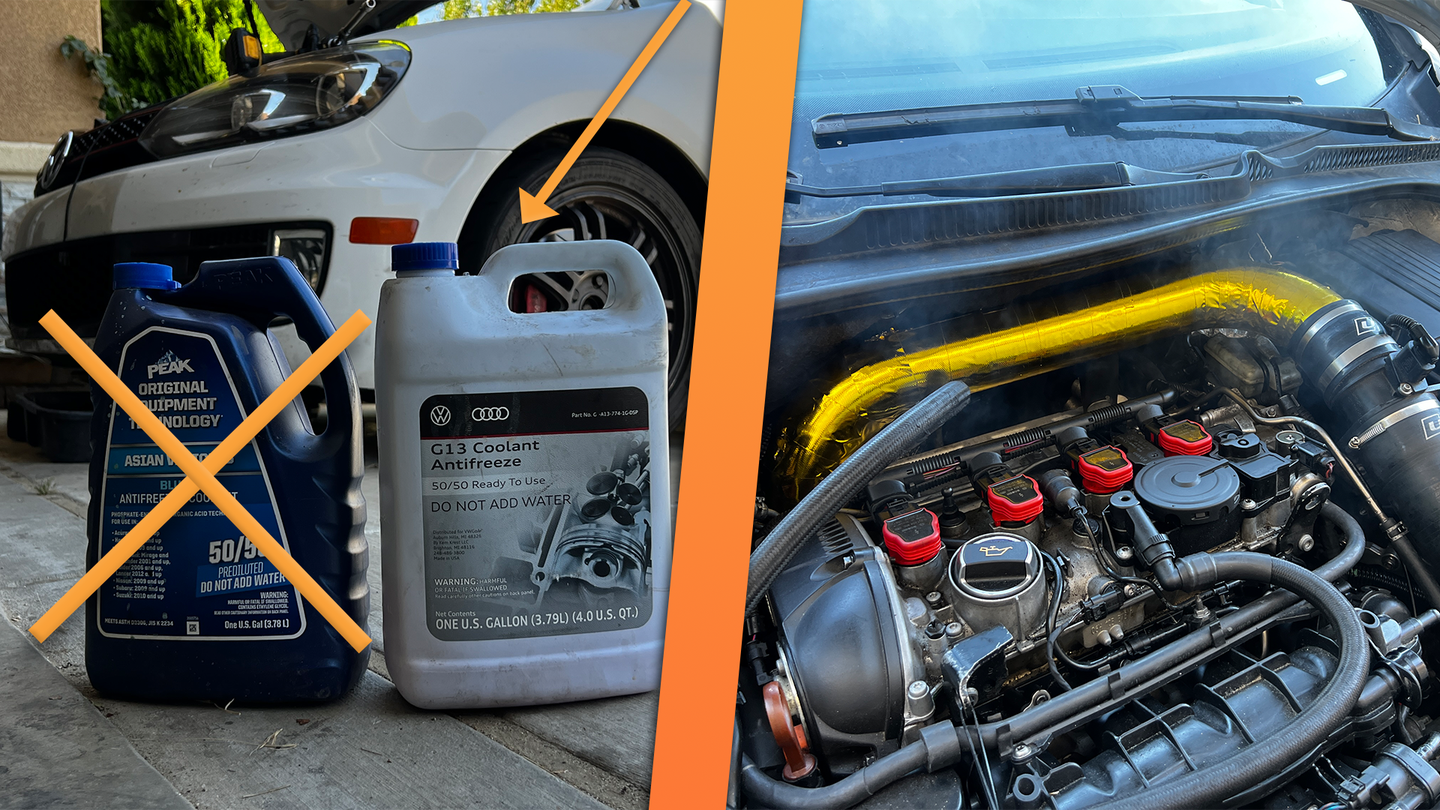
Credit: www.thedrive.com
Frequently Asked Questions On Is It Bad To Add Coolant Without Draining The Old
Can You Mix New Coolant With Old Coolant?
Yes, you can mix new coolant with old, but it’s not recommended. Over time, coolant loses its anti-corrosive and heat transfer properties. Mixing old and new could impact the efficiency and longevity of your engine cooling system. It’s better to replace coolant following the manufacturer’s guidelines.
How Often Should Coolant Be Completely Replaced?
Coolant should typically be replaced every 30,000 to 60,000 miles, or as specified by the vehicle manufacturer. Some modern coolants can last over 100,000 miles. Always consult your vehicle’s owner manual or a professional mechanic for the exact intervals recommended for your specific vehicle.
What Are The Risks Of Not Draining Old Coolant?
Not draining old coolant can lead to corrosion, buildup, and inefficiency within the cooling system. Old coolant can become acidic and damage parts like hoses, gaskets, and the radiator. This could result in overheating, serious engine damage, and costly repairs.
Does Color Indicate Coolant Condition?
Color change can indicate coolant condition but isn’t foolproof. Coolant that turns brown or has particles floating in it is contaminated and should be replaced. However, coolant can go bad without a color change, so regular maintenance checks are crucial for vehicle health.
Conclusion
Wrapping things up, mixing new coolant with old can sometimes be a quick fix but isn’t the best long-term strategy. Ensuring your vehicle’s health means proper flushes at recommended intervals. Check your manufacturer’s guide and when in doubt, consult with a professional for top engine performance.
Keep your car running smoothly with regular maintenance.


